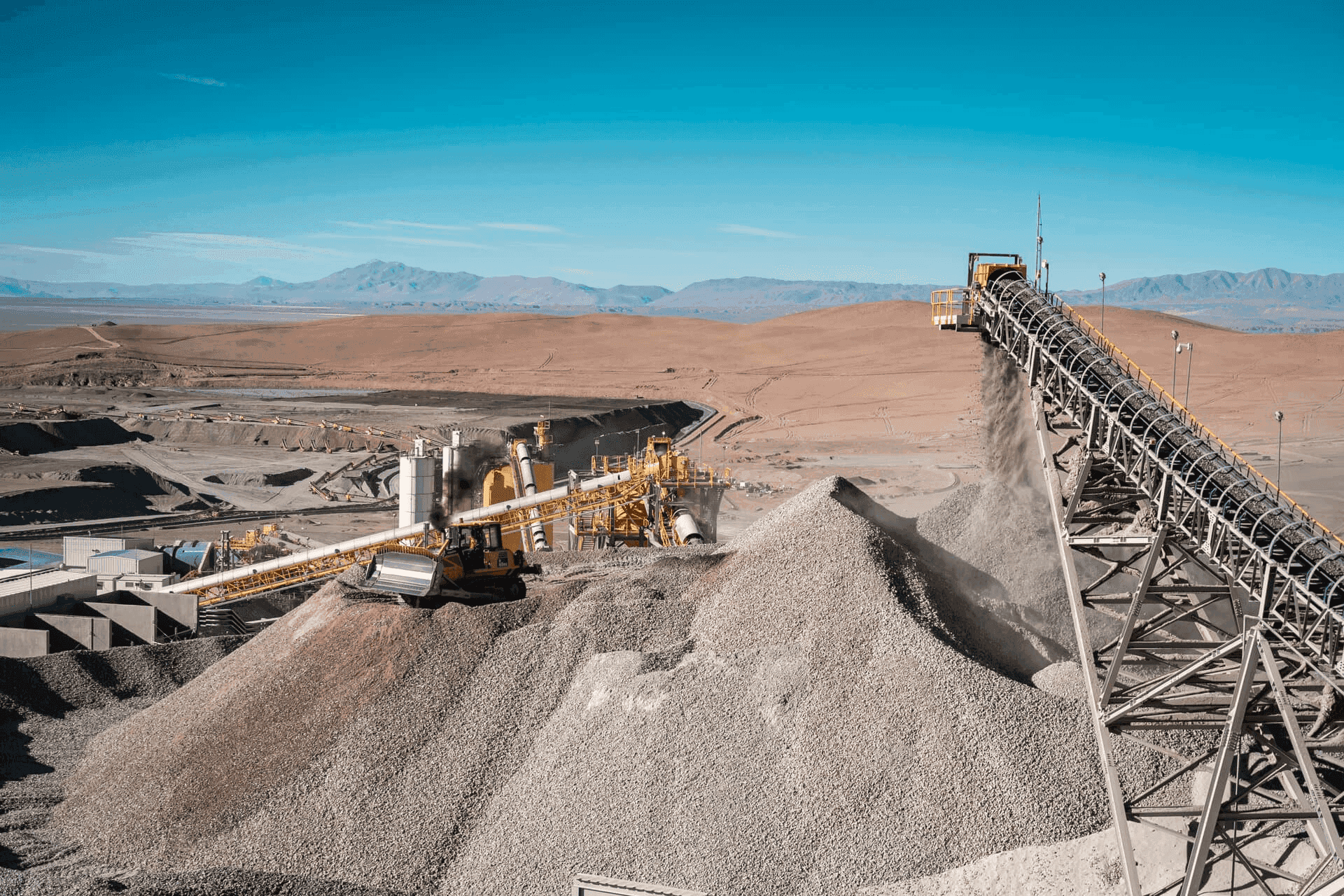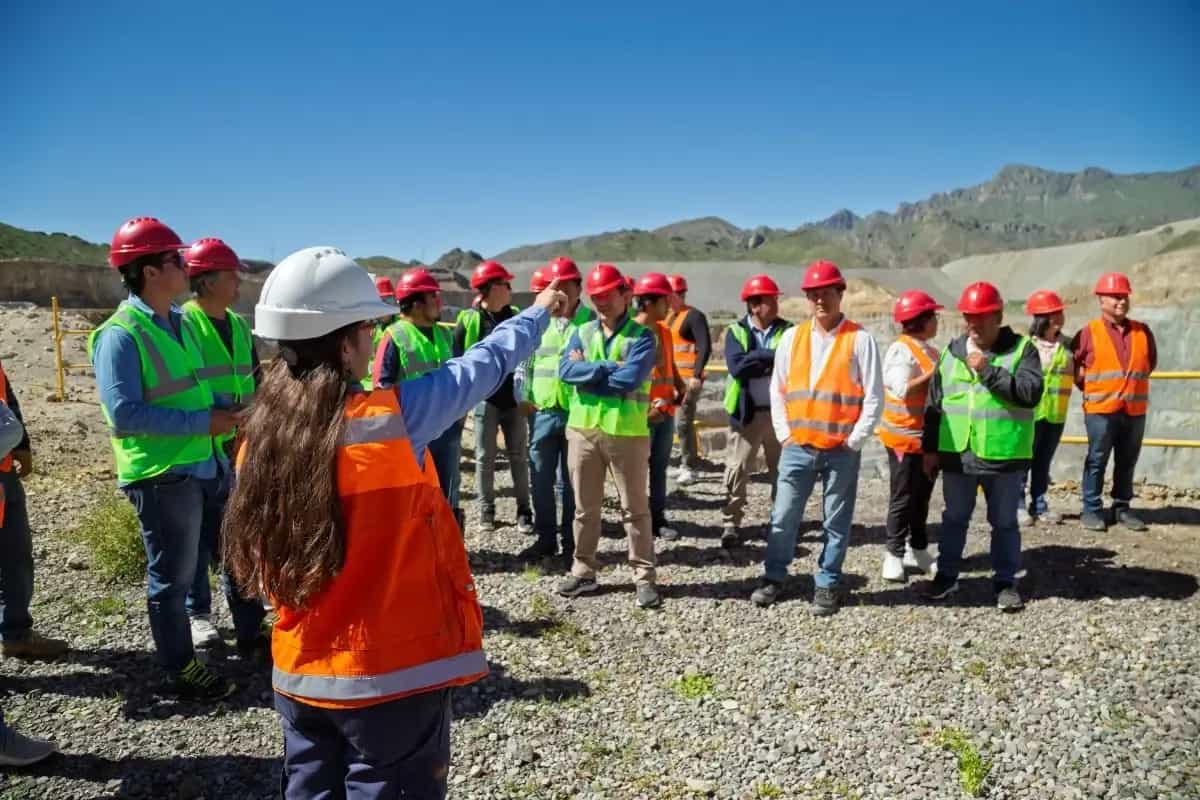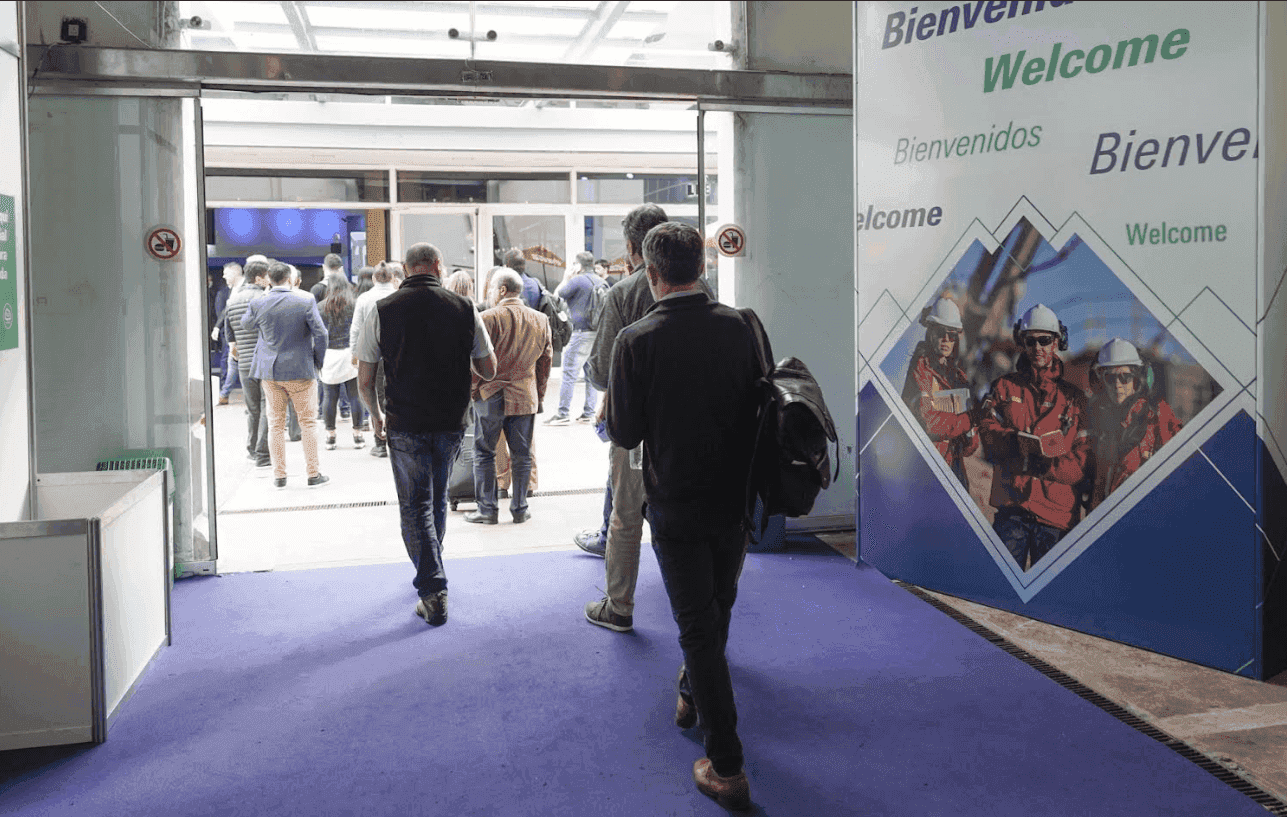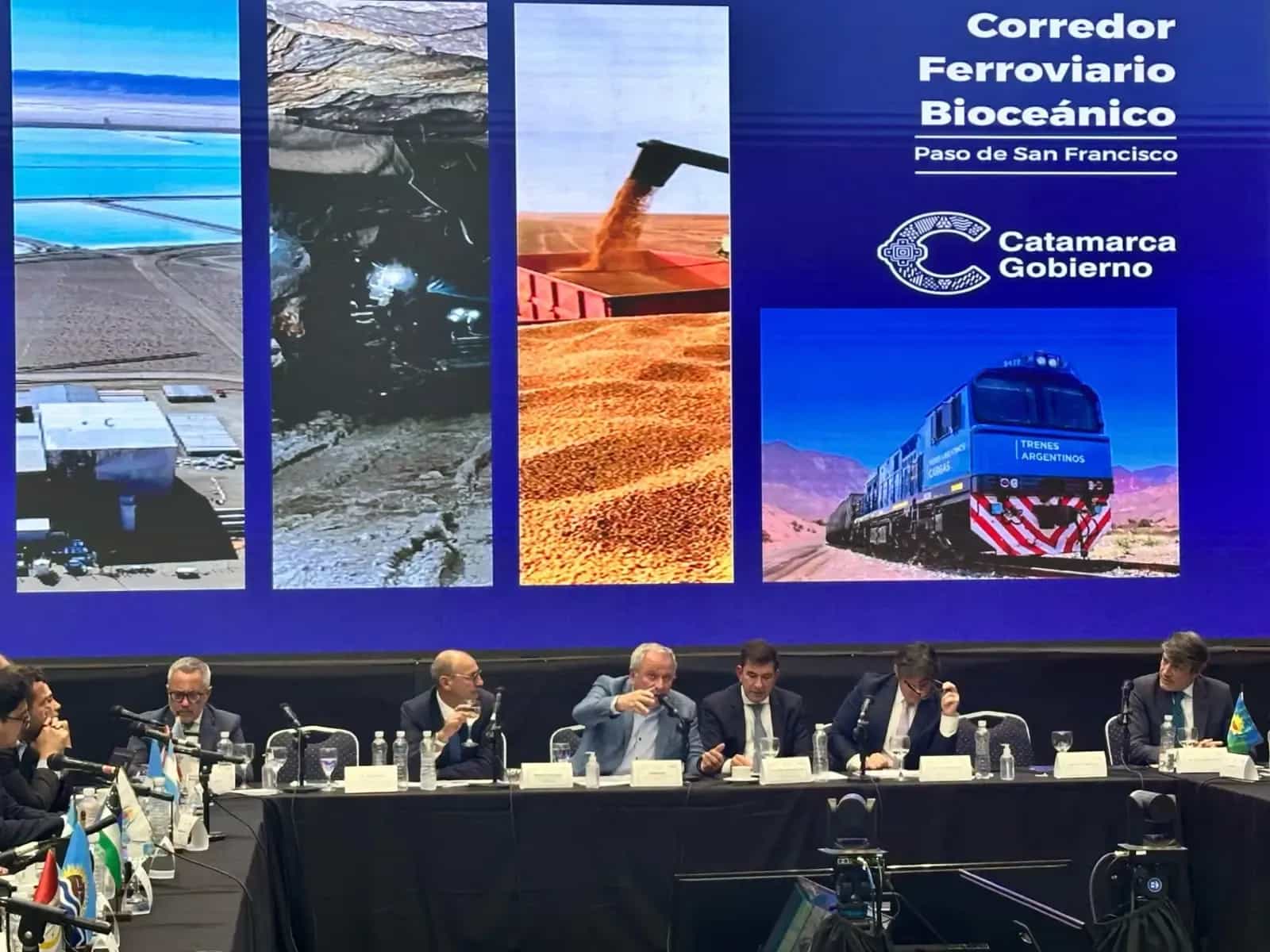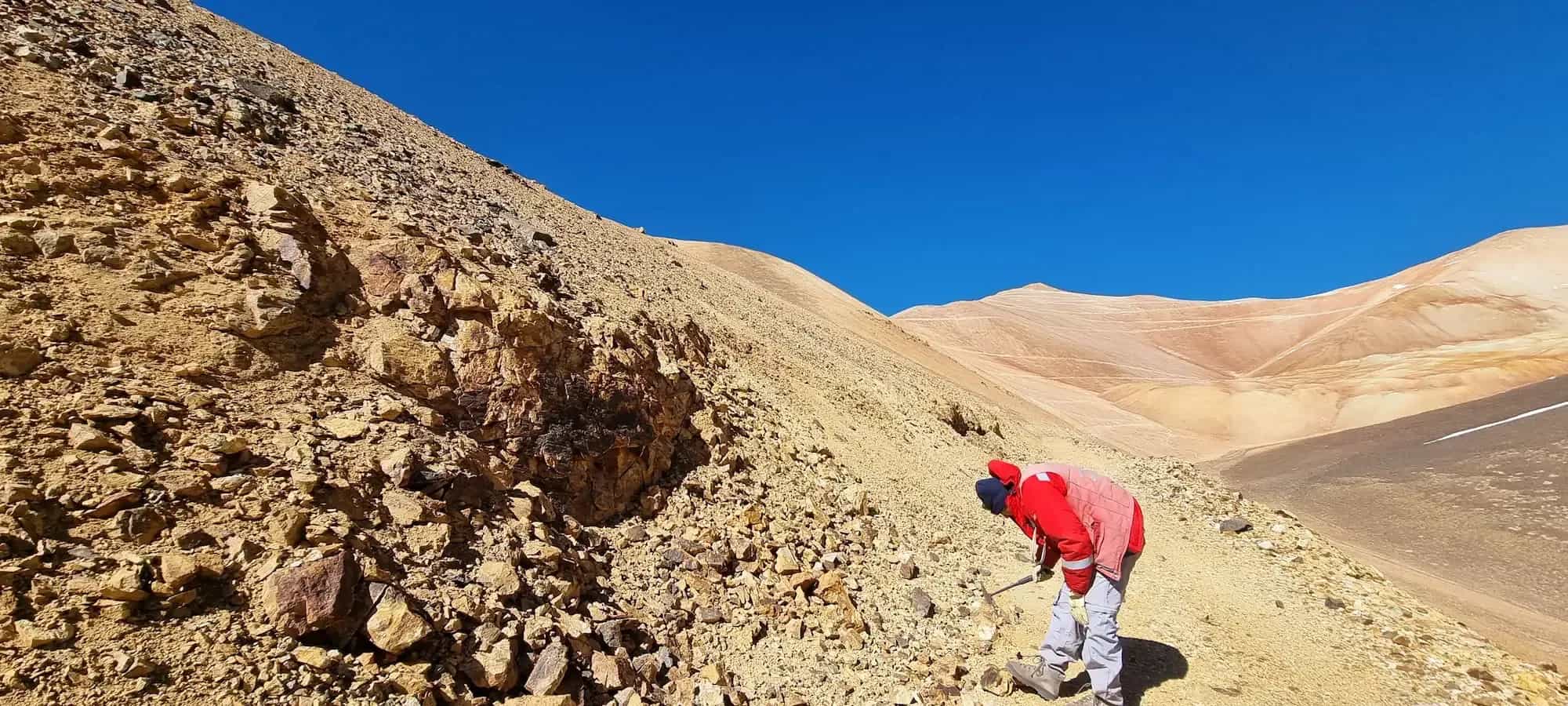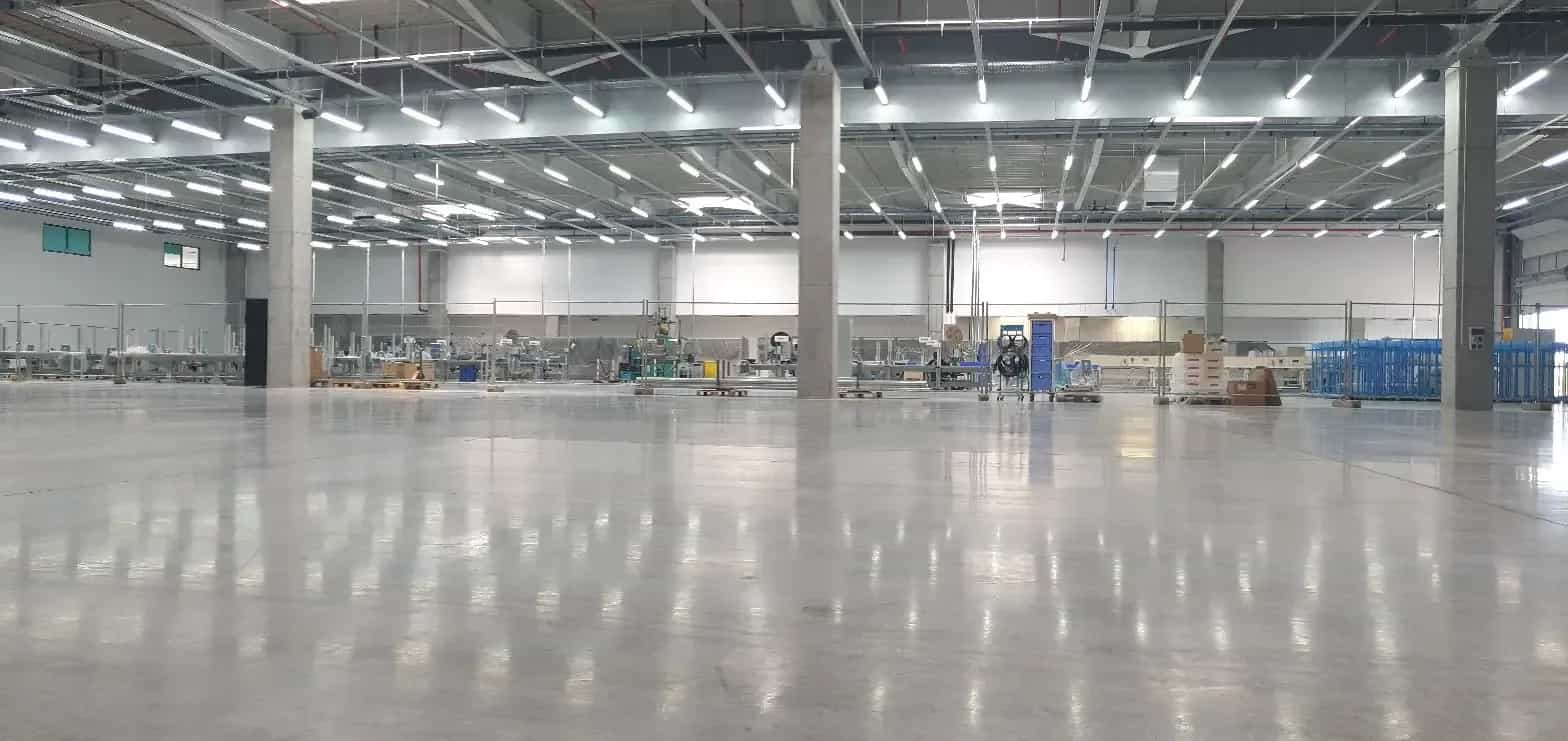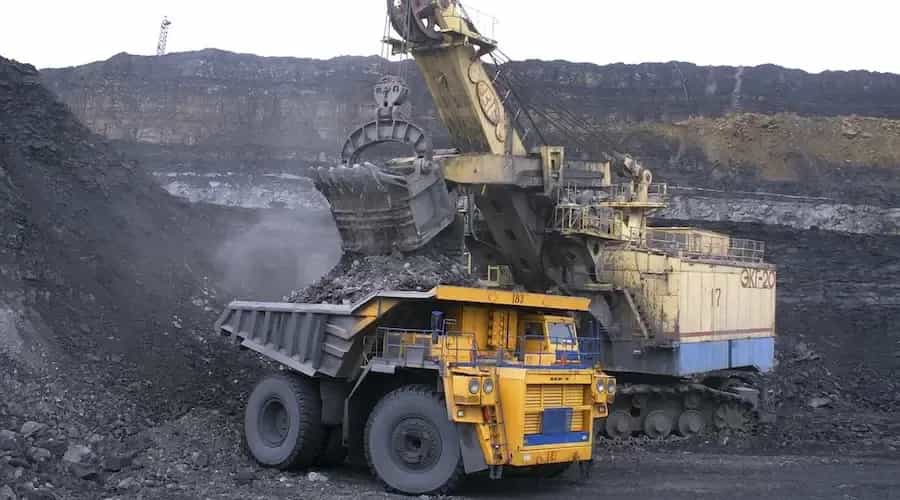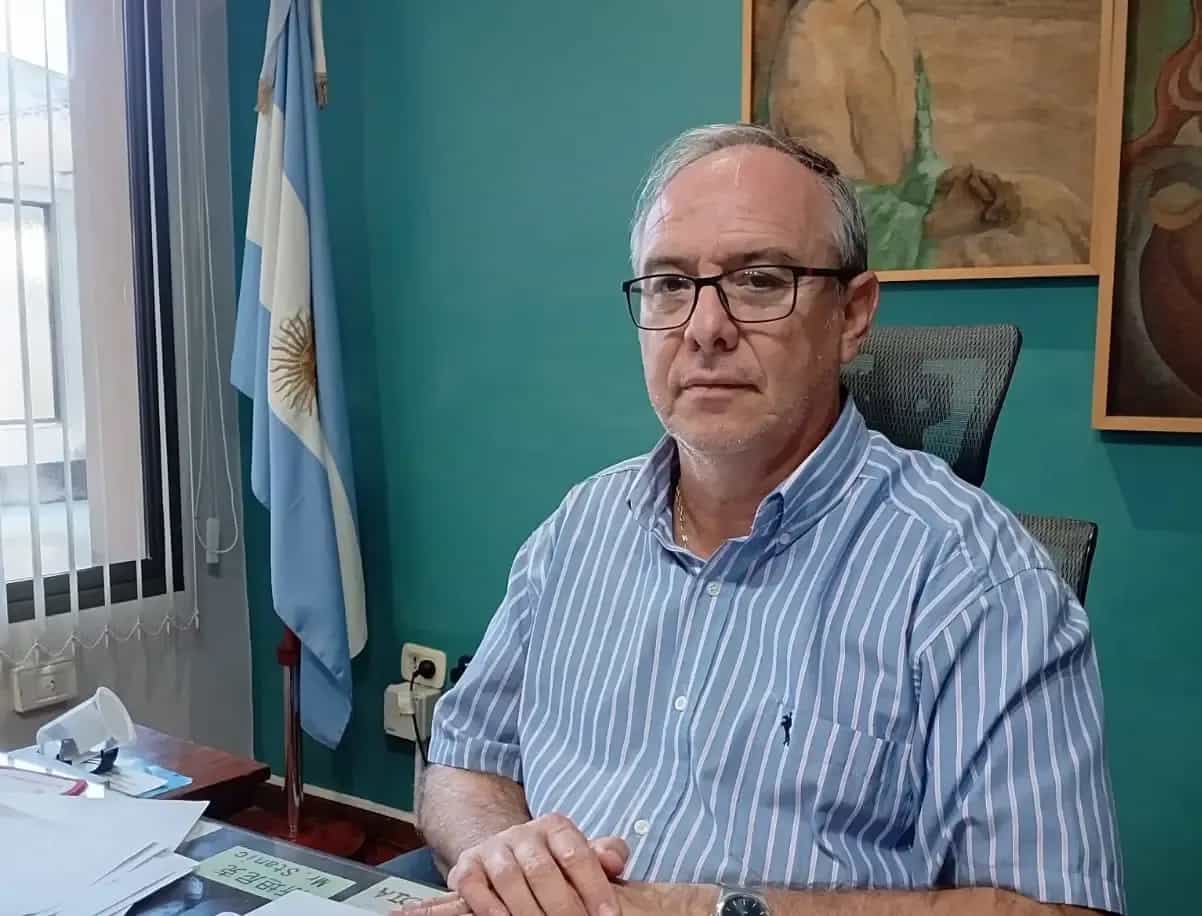At a pivotal moment for copper mining in Argentina, Glencore presented the progress of the MARA Project — one of the country's most significant copper initiatives — during an institutional meeting with the Governor of Catamarca, Raúl Jalil.
By Panorama Minero
The meeting, held at the Government House of Catamarca, was attended by Martín Pérez de Solay, recently appointed CEO of Glencore Argentina, and Country Manager Juan Donicelli. The objective was to assess the current status of the MARA Project, which integrates the infrastructure of the historic Alumbrera Mine with the geological potential of the Agua Rica deposit, and to outline the next steps towards the comprehensive development of the venture.
The discussion focused on the progress of the feasibility study and the Environmental Impact Assessment — two key components for the project's transition into its production phase. According to the company, the upcoming field campaign will be crucial not only to consolidate technical data but also to strengthen ties with local communities and suppliers.
The goal, said Pérez de Solay, is to generate quality employment, diversify the region's productive matrix, and foster a model of mining grounded in best practices, local talent, and environmental respect. Governor Jalil congratulated him on his recent appointment, highlighting his technical and operational background as a valuable asset for this new phase.
"As one of the world’s largest diversified natural resources companies, Glencore aims to develop world-class projects aligned with our purpose of contributing to a more advanced world through innovation, responsible practices, and local talent. We strive to create a positive impact on both the local and national economy, with the conviction that Argentina can and should become one of the region’s top mining destinations," Pérez de Solay elaborated.
“MARA and El Pachón are not just mining projects; they are platforms from which Argentina can position itself in the markets of the future. At Glencore, we firmly believe that the country has the geological, human, and institutional conditions to become a major mining hub in South America,” the executive concluded.

